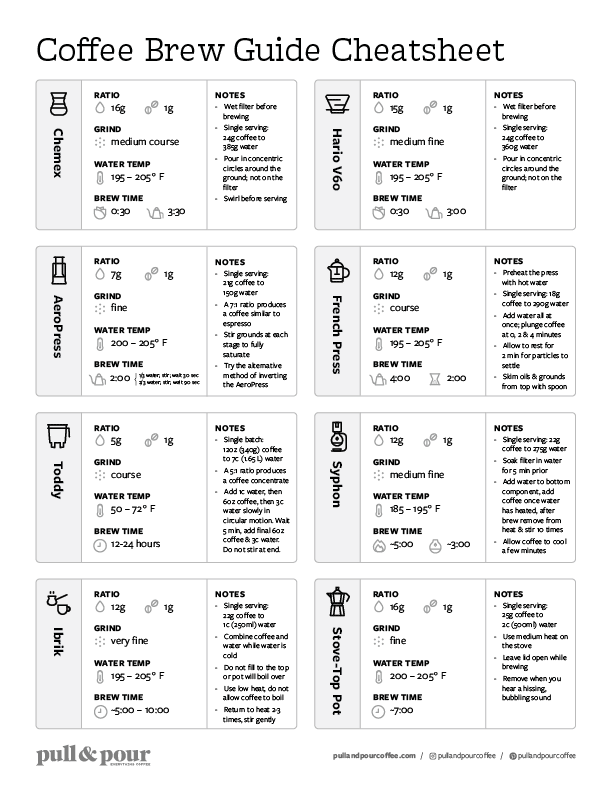Disclosure: Pull & Pour received coffee samples for this post, however, as always, all opinions are 100% my own.
Costa Rican producers are known for their skill with honey processing (a processing method between washed and natural where part of the coffee cherry is left on the seed during processing). There are different levels of honey processing (white, yellow, red, black), which usually indicate how much of the coffee cherry is left on the seed. I recently had the opportunity to try two Costa Rican coffees from the Central Valley region. Both coffees were the same coffee, from the same farm, from the same producers; the only difference between the two was the slightly different processing methods (one was rotated daily and one was rotated three times a day). It was amazing how different the cups could be when only changing one variable in the process. Both this and the Red Honey version were delicious, but this Black Honey coffee had an extra level of sweetness and complexity that really caused it to stand out.
The coffee began with a sweet and strong fragrance of berries, pineapple and citrus/orange. In the flavor I tasted similar notes of tropical fruit, berries and citrus. The strong and steady acidity was citrus-toned with a smooth body. The sweetness was the true highlight with this coffee though. It was complex, rich and fruit-forward with subtle notes of caramel and vanilla. The sweetness lingered with the acidity long into the finish where notes of berries were left after every sip. The complexity of this coffee was impressive. There were so many layers of flavor to explore and the true potential of the brew wasn’t realized until it almost reached room temperature.
The Bottom Line
Exploring coffees like Costa Rica Las Lajas Black Honey Micro-lot are one of the most enjoyable things to do. The complexity and nuance in the cup was something I enjoyed coming back to morning after morning. Even better, Bean & Bean is a mother-daughter Q-Grader team, which makes what they are doing even cooler!

